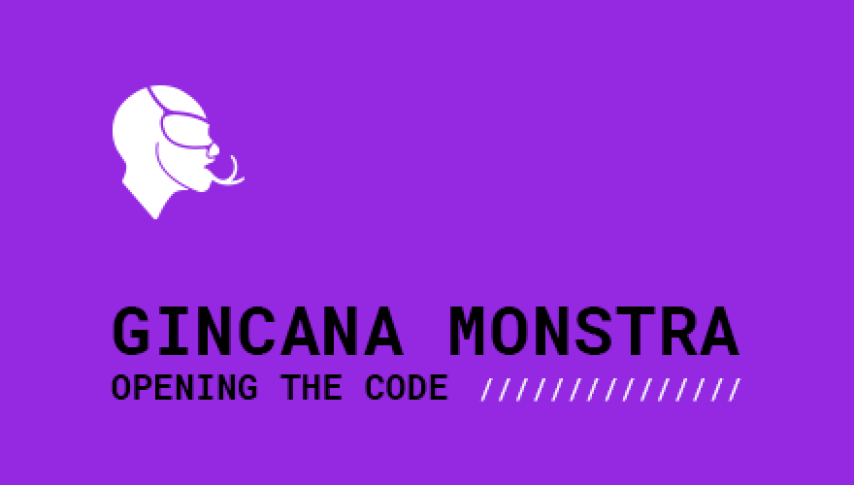
With the arrival of the COVID-19 pandemic, we were faced with a huge challenge: how to continue carrying out our activities without being able to count on two of its most important elements, the gathering, the physical presence? Plans had to be quickly redone to promote an online learning process in a moment of so many urgencies, moreover, that would not overload Brazilian feminists even more. From this we created the Gincana Monstra!
Inspired by the Gincanas, a common game in Brazil, with a lot of joy and collective work, our intention here is to exchange competition for collaboration, in and creative journey.
The Gincana is now consolidated as a methodology that we refer to as infrastructures of affection, and it is the materialization of the Transfeminist Network of Digital Care work. This is, mainly, the fruit of our dedication to the field of integral care in the construction of greater protection and freedom for women activists, LGBTQI+ people, and rights defenders.
Introduction
In this module we will present a step-by-step approach to creating a Gincana, so that it can be reappropriated, remixed and adapted as open source code. We do not intend to present a closed recipe, but rather to bring a guide of possibilities, sharing our methodology for the realization of the Gincana Monstra, which was an online learning process aimed at defenders with an interest in multiplying this knowledge within their collectives and communities.
The participants had diverse profiles in age, contexts, intersectionalities, and territories where they are inserted. It has as its base and starting point the infrastructures of affection: the construction of feminist solidarity networks, the autonomy of the participants, the joy, the flexibility and the individual and collective anti-capitalist care.
The term "Gincana", here, recalls the idea of a journey to be taken, with different stages through which the participants walk together, abandoning the idea of competition and evoking collaboration. With synchronous and asynchronous activities, which can range from conversation rounds to practical activities with digital tools, including spaces for creativity and collective creation, to the end of the Gincana Monstra, where all the participants are "winners".
This methodology was elaborated so that the themes approached and the proposed sessions and activities can be organized according to the resources available, be it time, availability of the participants, or financial resources. This way, the facilitators can create a thread, or narrative thread, with themes and sessions that, at the end of the course, lead to an accumulation of learning capable of expanding the participants' safety and care strategies. Also central to this is the availability of all the material used for the Gincana itself and its methodologies, with the goal that the participants can appropriate these materials and also facilitate and pass on this knowledge. The intention is that the participants will also be trained as facilitators on the subject.
Throughout the process, new digital tools made by activists for activists are used and presented, which allow the organization and realization of the Gincana Monstra, and which can be adopted by the participants and their groups as safe tools for collective organization. Some examples of these tools are: instant messengers, file storage and sharing, videoconferencing, collaborative document editing; among many others. The focus is not on using the tools, but on adopting them as part of the process, always respecting the participants' wishes, abilities, time, and contexts. Thus, by the end of the journey, the participants will be familiar with digital technologies, either through the discussions, or by practicing the use of the tools throughout the process. The idea is that while they are learning to use new tools, these will be understood as an important part of the construction and maintenance of their networks of affection, in the maintenance of their struggles and activism, and therefore can be important allies.
The entire methodology believes in horizontality as the basis for learning, and is inspired by Popular Education, collaboration, respect for affective and gender diversity, cultures, ages, and different access, literacy, and contacts with technology
Table of contents
Introduction and learning goals
Reaping the harvest and the opening paths